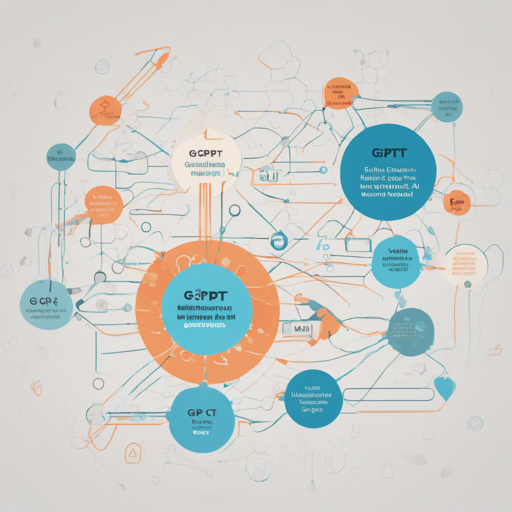Are you ready to dive into the exhilarating world of text generation? In this guide, we’re going to explore how to use a fine-tuned GPT-2 model specifically designed for generating couplets. This process involves a few steps, including setting up the model and executing the code necessary for text generation. Buckle up, and let’s get started!
Step 1: Setting Up the Environment
To begin, ensure you have the necessary libraries installed. You will primarily need the transformers library from Hugging Face. You can install it using pip:
pip install transformersStep 2: Importing the Necessary Libraries
Now that you have the required library, it’s time to import what you need for text generation. Open your Python environment and use the following code:
from transformers import BertTokenizer, GPT2LMHeadModel, TextGenerationPipelineStep 3: Loading the Model and Tokenizer
Next, we will load the tokenizer and the model. Think of the tokenizer like a friendly librarian who can break down our input sentences into manageable chunks that the model can understand. The model itself is like a highly knowledgeable author, trained to generate new texts based on the existing ones. Here’s how to load them:
model_id = "couplet-gpt2-finetuning"
tokenizer = BertTokenizer.from_pretrained(model_id)
model = GPT2LMHeadModel.from_pretrained(model_id)Step 4: Setting Up the Text Generation Pipeline
With the model and tokenizer loaded, we can now create a text generation pipeline. This pipeline takes input text and returns the generated completion. It’s like giving our author some starter text and asking them to continue. Here’s how to set up the pipeline:
text_generator = TextGenerationPipeline(model, tokenizer)
text_generator.model.config.pad_token_id = text_generator.model.config.eos_token_idStep 5: Generating Text
Now we’re ready to generate our text! You can provide a prompt and specify parameters like the maximum length of the output. Here’s how you can do it:
senc = "Your initial couplet prompt here."
generated_text = text_generator(senc, max_length=25, do_sample=True)Troubleshooting Tips
If you encounter any issues while using the model, here are some troubleshooting ideas:
- Check Model Availability: Ensure that the specified model ID is correct and that you’ve got an active internet connection.
- Library Compatibility: Sometimes, unexpected behaviors arise from library version mismatches. Make sure you’re using compatible versions of libraries.
- Memory Issues: Large models can be quite demanding on system resources. If you run into memory errors, consider using a smaller model or running the code on a machine with more RAM.
- For more insights, updates, or to collaborate on AI development projects, stay connected with fxis.ai.
By following these steps, you should be well on your way to generating creative couplets using the GPT-2 model!
At fxis.ai, we believe that such advancements are crucial for the future of AI, as they enable more comprehensive and effective solutions. Our team is continually exploring new methodologies to push the envelope in artificial intelligence, ensuring that our clients benefit from the latest technological innovations.

